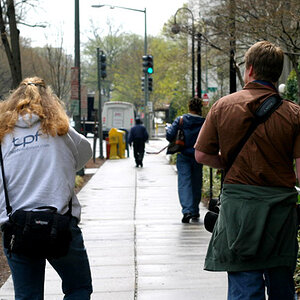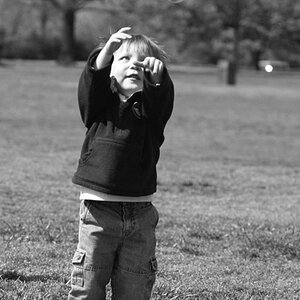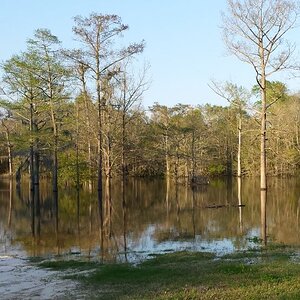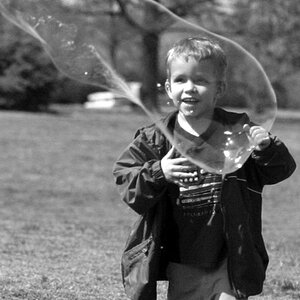wyogirl
Oh crop!
- Joined
- Jun 18, 2013
- Messages
- 1,593
- Reaction score
- 611
- Location
- South West Wyoming
- Can others edit my Photos
- Photos OK to edit
I was sent a link to this article from the attorney I work for: Drones Used for Real Estate Photos Could Be Grounded | Realtor Magazine
It basically says that photographers using model aircraft to take photos meant for sale or used in the marketing of a property are subject to FAA regulations.
I just thought it was interesting.
It basically says that photographers using model aircraft to take photos meant for sale or used in the marketing of a property are subject to FAA regulations.
I just thought it was interesting.







![[No title]](/data/xfmg/thumbnail/42/42473-acff07bd005ae1bb1af25d5d00d0c437.jpg?1619740193)





